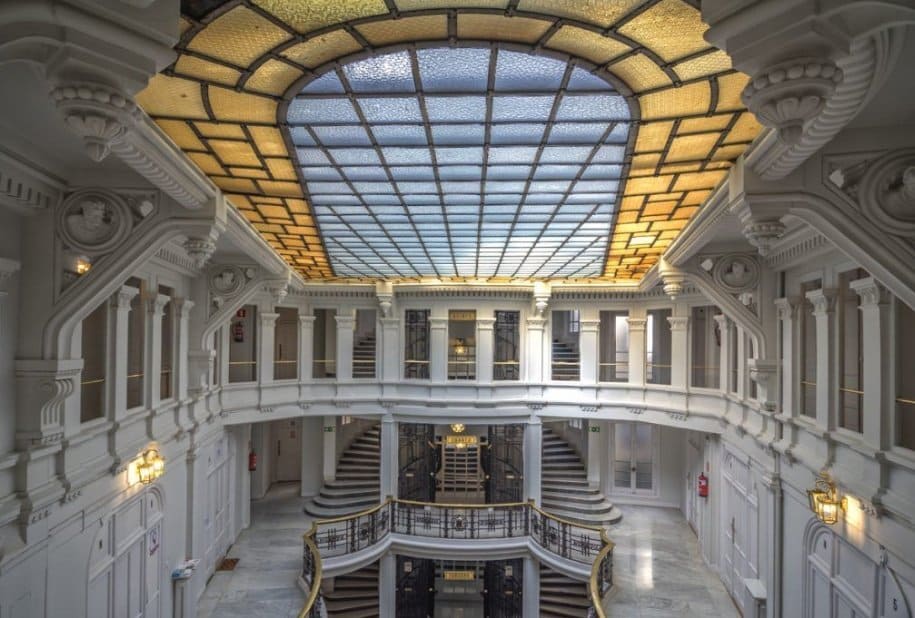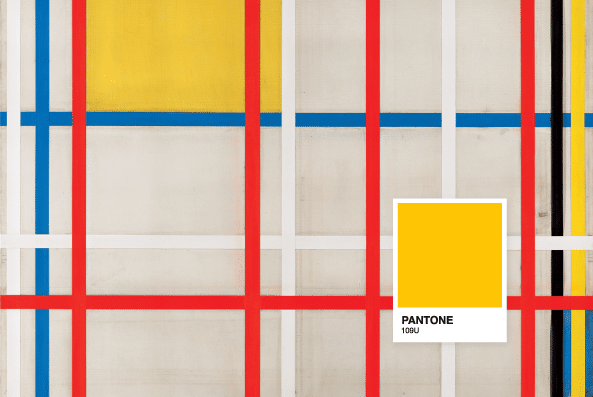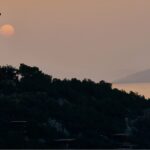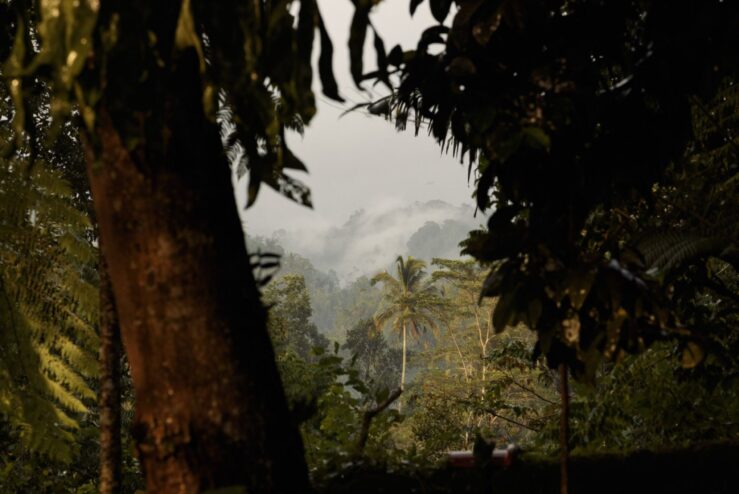Madrid hides many secrets and from NUBA we have visited some of them and we have kept 6 very special ones. From a 19th century pediment, to a pavilion in the shape of hexagons brought directly from the Brussels Universal Exposition, to a palatial building in the heart of Main Street, which you have surely passed many times and never realized what a jewel you had before your eyes.
Read on and you will discover the most unknown side of the capital…
Beti Jai
Thanks to the popularity that the game of pelota reached at the end of the 19th century, a fronton was built in Madrid to host the matches of this sport. Joaquín Rucoba, author among others of the Arriaga Theater and the Bilbao City Hall, the bullring and the Alfonso XII market in Málaga, was in charge of the construction of this one in 1893, since he had also built another similar fronton in San Sebastián.
The works were completed the following year, being inaugurated on April 29, 1894 in the heart of the Chamberí neighborhood. With a capacity for 4,000 spectators, it ceased to operate in 1919, and pavilions were built in the open-air arena to house cars.
Did you know him?

Iglesia de San Antonio de los Alemanes
One of the most impressive churches we have in Madrid is that of San Antonio de los Alemanes, in the Malasaña neighborhood, built between 1624 and 1633.
Not very showy on the outside, what is most striking about this small church in the center of the city is that its entire interior is covered with priceless paintings. The church of San Antonio de los Alemanes is of small dimensions. With a peculiar elliptical shape, its interior can be viewed in its entirety by simply turning it on its side. I recommend that you sit on the benches, read the information provided at the entrance and contemplate its nooks and crannies. It is a total immersion in the art and history of Madrid.
Did you know him?

Pabellón de los Hexágonos
The Spanish Pavilion at the Brussels Universal Exposition of 1958, known as the Hexagons Pavilion by José Antonio Corrales and Ramón Vázquez Molezún, was built in 1958 during the Brussels Universal Exposition to represent Spain. A year later, it was dismantled and moved to the Casa de Campo, in Madrid, as a new pavilion for the Ministry of Agriculture. The Hexagons Pavilion represents one of the best buildings of 20th century Spanish architecture and was awarded the Gold Medal at the Expo. Agriculture. The Hexagons Pavilion represents one of the best buildings of 20th century Spanish architecture and was awarded the Gold Medal at the Expo.
Currently, a restoration process has been launched, which began last November 20 and in which the previous tasks of action started: security plan, photographic survey of the pavilion’s condition, tastings, cleaning of bushes, clearing of trees, etc.
So very soon we will be able to enjoy this unique place that many of us did not know about.
Have you heard of it?


Fundación Francisco Giner
This foundation, located in the heart of the Chamberí neighborhood, has the mission of safeguarding the heritage of the Institución Libre de Enseñanza and continuing the educational work begun by the teacher Giner de los Ríos. The group of buildings in which it is located stands out for its break with the construction lines of the surrounding buildings, thanks to its metallic appearance.
In 2003 a process of rehabilitation and expansion of the foundation was carried out, reflecting the avant-garde vision of Giner de los Ríos, in which the historic buildings of the complex were maintained and the rest of the buildings were replaced by a series of new spaces linked to the central garden, which is once again the protagonist.
The Institución Libre de Enseñanza was founded in 1876 by a group of professors (including Francisco Giner de los Ríos, Gumersindo de Azcárate and Nicolás Salmerón), separated from the University for defending academic freedom and refusing to adjust their teachings to official dogmas in religious, political or moral matters. Joaquín Costa, Augusto González de Linares, Hermenegildo Giner, Federico Rubio and other personalities committed to educational, cultural and social renewal participated in the project.
After the entry into force of the 1978 Constitution, the foundation regained its assets and its full capacity for action.
Did you know him?

Museo Cerralbo
The Cerralbo Museum is one of the few examples in Madrid that shows in its rooms the original decorative setting of an aristocratic residence of the late nineteenth century, painstakingly recovered in the first decade of the twenty-first century. This work was recognized with a medal of the European Union Prize for Cultural Heritage / Europa Nostra 2008.
The Museum also offers an extensive program of cultural activities that seeks to publicize the collections and cultural legacy of the era in which it was born, under the auspices of the XVII Marquis of Cerralbo (1845-1922), while extending its work to contemporary artistic manifestations.
Did you know him?

Casa Palazuelo
Located in Calle Mayor 4, this is one of the most superb secrets of this city, precisely because it is in a busy situation like few others, just a few meters from the Puerta del Sol, without the random pedestrians being aware of its existence. Built in 1919 in the air of the Chicago School, it was designed by Antonio Palacios, an architect of whom I have already spoken on countless occasions and to whom we owe, among others, the Palacio de Cibeles or the Círculo de Bellas Artes.
This jewel was one of the first commercial and office buildings in Madrid, obviously what is most striking when visiting it is the huge and elegant central courtyard, illuminated by natural light coming from a stained glass window in the ceiling. White and shiny galleries are articulated in its contour, a seductive play of concave and convex curves that precedes the different rooms and offices.
When Palacios received this commission from the developer Demetrio Palazuelo, the premise was clear: the facade should not attract as much attention as the interior, the true protagonist of the work, and as you can see, it did. Crossing the threshold of this door (something totally permitted and easy to do during business hours) is one of the most captivating experiences I remember in Madrid.
Did you know him?



















